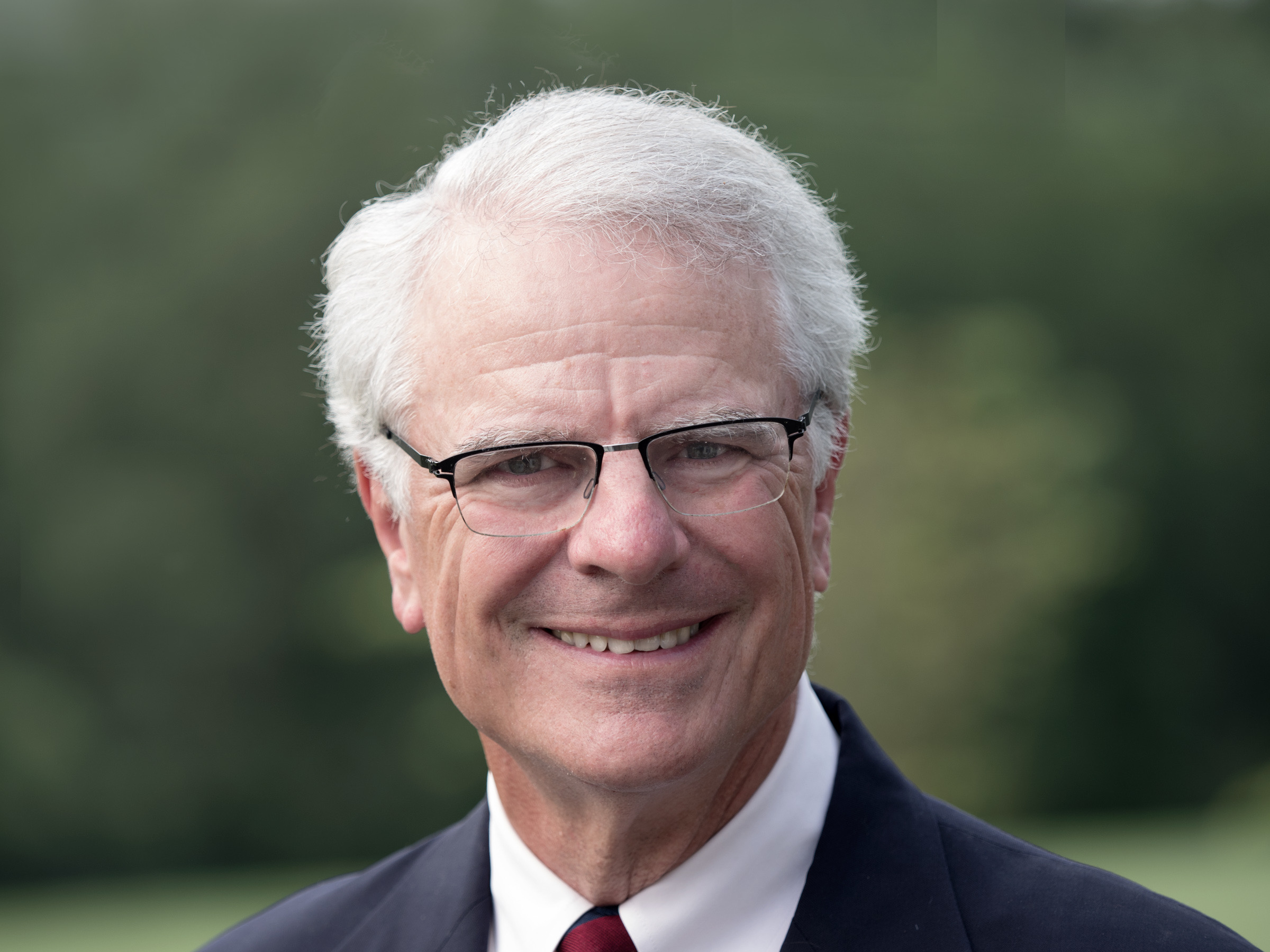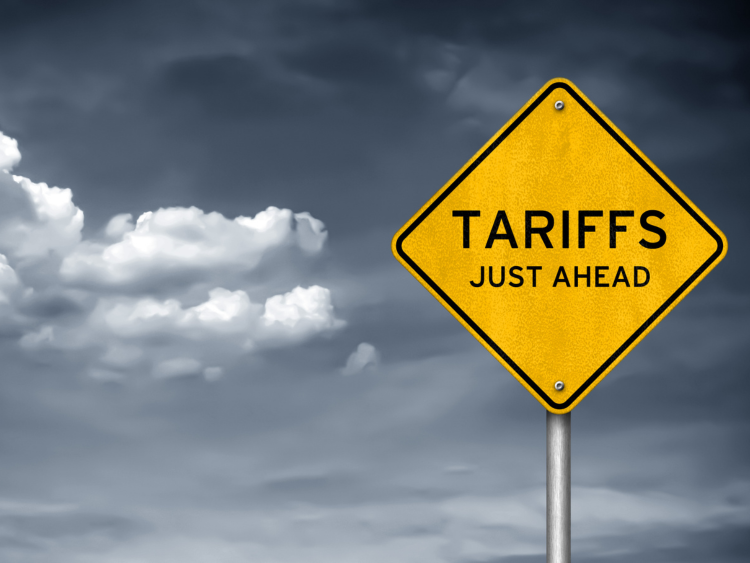Government/Policy

Price on trade: Japan could help fund Nippon Steel’s acquisition of U.S. Steel
Written by Alan Price & Ted Brackemyre
October 26, 2024
Earlier this month, Nippon Steel announced that it is applying for subsidies under the Japanese government’s Green Transformation Promotion Act to expand the company’s electric furnace steelmaking capabilities and to convert from blast furnace to electric furnace operations.
As we have said before, transitioning from blast furnace- to electric furnace-based steelmaking is a good thing and a necessary step in decarbonizing the global steel industry. However, there is a big difference between companies that fund their own adoption of electric furnaces and those that rely on government subsidies to do the same. By taking advantage of unnecessary subsidies like these, Nippon Steel and others pursue projects that actually run contrary to decarbonization goals because they divert finite resources away from the types of breakthrough technologies and broad-based decarbonization efforts that could benefit from government funding.
Nippon Steel is one of the largest steel companies in the world. And the company earned record high business profits in 2023, reaching JPY 935 billion (more than US$6 billion) – a 27% increase from 2022. The company has also bid US$14.9 billion in an all-cash proposal to acquire U.S. Steel. Clearly, Nippon Steel has the cash-on-hand and credit facilities needed to make significant capital investments. Yet, the company is seeking subsidies from the Japanese government to fund converting its blast furnaces to electric furnaces.
Nippon Steel does not need this aid. Electric furnaces are a widely adopted and proven technology. And Nippon Steel’s continued efforts to shift toward greater electric furnace-based steelmaking highlight that electric furnaces can make all types and grades of steel, as we have commented previously. American producers like Nucor and Steel Dynamics have been developing and employing electric furnaces for decades. Further, Nippon Steel is already planning to make these and other green steel investments. This is because the company’s largest customers (e.g., global auto manufacturers) and anticipated regulatory requirements demand that they invest in decarbonization. In fact, Nippon Steel built a new electric furnace in 2022 at its Hirohata Works, which it now seeks to expand under this government program.
Electric furnaces are also cheaper to build than the blast furnaces they replace due to their far lower initial capital expenditures and greater operational flexibility. Similarly, direct-reduced iron (DRI) plants have been constructed with private funding, and it is much less expensive to build combined electric furnace and DRI operations than a greenfield integrated mill. Indeed, over the last 40 years, many electric furnaces have been built across the North America and Europe. But no greenfield integrated facilities have been built on either continent.
Still, rather than pledging to invest in green technology in the United States, as part of its bid for U.S. Steel, Nippon Steel has committed $2.7 billion more to support blast furnace production in the United States. That includes a promise to reline a blast furnace at U.S. Steel’s Gary Works, which would extend that furnace’s life by at least another two decades.
For this reason, many steel and environmental groups have criticized Nippon Steel’s proposed takeover of U.S. Steel. For instance, Mighty Earth has chastised the proposal. The group finds that it “completely contradicts the urgent call of the climate crisis and misses opportunities for immediate action.” Similarly, SteelWatch has described Nippon Steel’s commitment to expand coal-based production at U.S. Steel’s Gary and Mon Valley Works as “planning to lock in high-emission steel production for decades.” It has also said the plans are “unfit to meet the task of bring both Japanese and American steelmaking into the 21st century.”
Importantly, as the countervailing duty laws establish as a basic tenant – money is fungible. That is, if a company is given a $1-billion subsidy for one aspect of its business, that frees up $1 billion for it to spend on other projects. This is especially so for a sophisticated, multinational corporation like Nippon Steel. By seeking a government hand-out to pay for its blast furnace conversion in Japan, Nippon Steel is effectively taking free money from the Japanese government. It can then use that money to pay for its other business endeavors, such as paying off the debt related to its acquisition of U.S. Steel.
Nippon Steel appears to be taking advantage of nominally green subsidies in Japan to offset the costs of its acquisition of steel production in the United States. And it may try to double-dip. Not only will Nippon Steel take Japanese subsidies, but when it is left with high emissions hot-end production in the United States, we would not be surprised if Nippon Steel turns to the US government with its hands out for more subsidies by threatening to stop production at these facilities altogether. That is not good for the American steelworker or taxpayer.
Editor’s note
This is an opinion column. The views in this article are those of experienced trade attorneys on issues of relevance to the current steel market. They do not necessarily reflect those of SMU. We welcome you to share your thoughts as well at info@steelmarketupdate.com.

Alan Price
Read more from Alan Price
Ted Brackemyre
Read more from Ted BrackemyreLatest in Government/Policy

Price on Trade: The foolishness of free trade with controlled economies
It was only a matter of time before a shutdown happened. And, no, we aren’t talking about the federal government’s lapse in appropriations. On Oct. 9, Beijing announced a series of restrictions that will effectively shut down exports of rare earth elements, magnets, and certain downstream products vital to advanced manufacturing.

Trump pulls plug on trade talks with Canada after anti-tariff Reagan ad
US President Donald Trump took to social media late Thursday night to announce he was canceling trade talks with Canada.

Leibowitz: Renewed trade war with China over rare earths
On Oct.10, President Trump announced major increases in tariffs on Chinese goods. The trigger was a new regime of export controls on rare earth metals and products using those elements, including magnets, capital equipment, and catalysts for catalytic converters in cars and trucks.

Industry piles on new Section 232 steel derivative inclusion requests
The Department of Commerce received 97 submissions from producers, manufacturers, and groups seeking Section 232 tariff coverage for steel and aluminum derivative products.

Price on Trade: New EU steel tariffs don’t mean the US should weaken its stance
Any steel imports into the EU that exceed the new, lower quota level would be subject to a 50% tariff, which represents a major increase from the EU’s current 25% out-of-quota tariff. This move would largely align the EU’s steel tariff rate with Canada and the United States.
